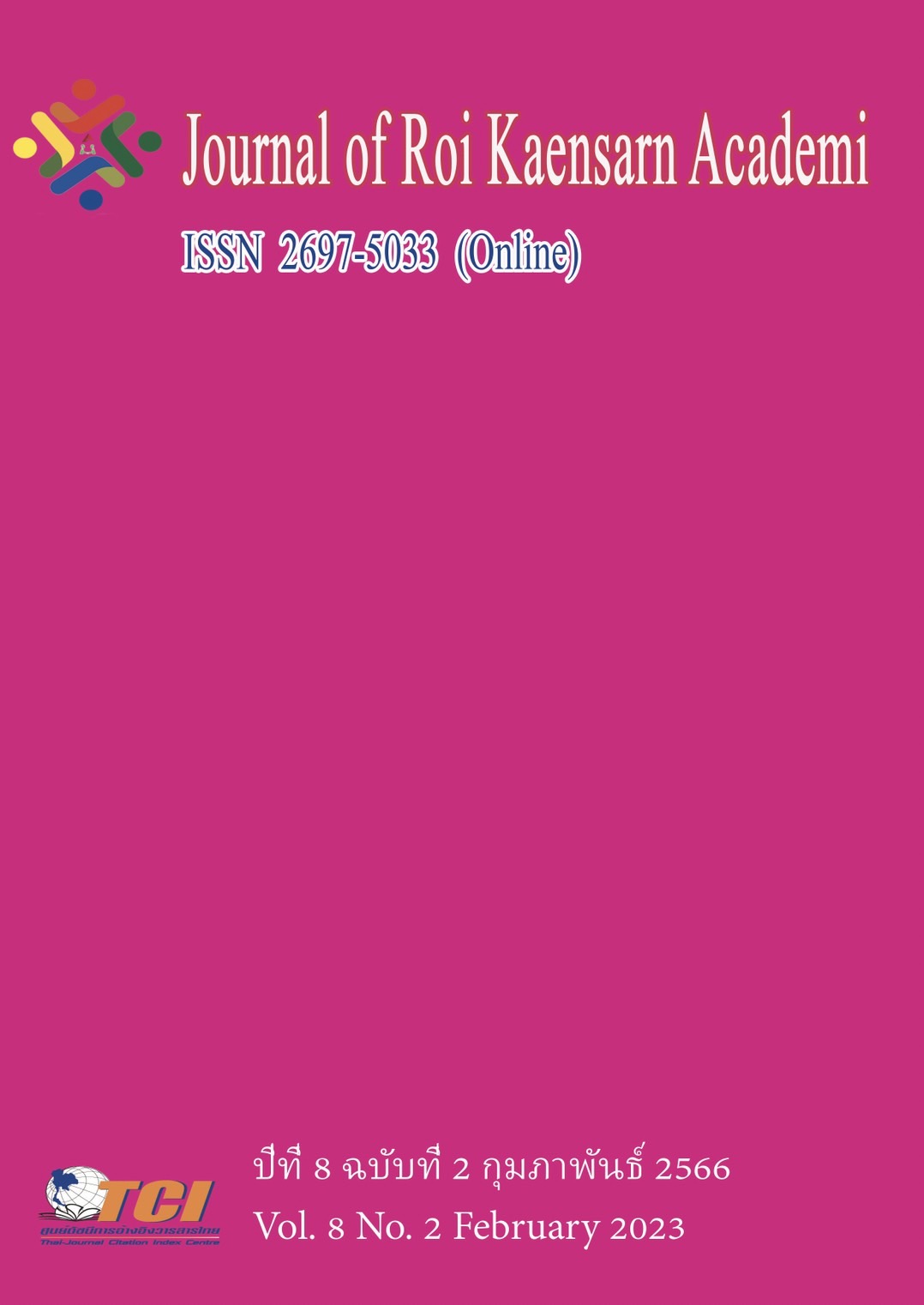Agricultural-Based Stem Curriculum for Enhancing Youth Learning Skills in the 21st Century
Main Article Content
บทคัดย่อ
This research aimed to present the synthesis of meaning and components of youth learning skills in 21st century in agriculture-based STEM education and the development and efficiency validation of the agricultural-based STEM curriculum to enhance youth learning skills in the 21st century. This study was conducted through an exploratory sequential mixed method approach. The voluntary participants were comprised of 80 students from 10th and 12th grades. The qualitative data was analyzed by content and quantitative data was analyzed with percentage, mean, standard deviation, and t-test for one-sample statistics.
The results indicated that 1) the youth learning skills in 21st century in agriculture – based STEM education refer to a person who has STEM literacy, creative and innovation, acceptance of coding, collaborative problem solving, sustainability awareness, and entrepreneurial motivation which was at the highest appropriate level. 2) The agricultural-based STEM curriculum was developed with beyond the Thailand’s Basic Education Curriculum (A.D. 2008 :1) at grade 10-12 to enhance youth learning skills in the 21st century included three learning units including the genetic engineering for delay ripening from ethylene, drone coding for precision agriculture, and my SMART farming for sustainable development. The quality of the developed curriculum was evaluated by the experts and obtained the good level. Moreover, the students’ youth learning skills in the 21st century scores after the curriculum implementation were significantly different at 0.05 level above the cut-off score. The research findings revealed that the agricultural-based STEM curriculum was effective and could be used for promoting the youth learning skills in the 21st century.
Article Details
เอกสารอ้างอิง
Burke, B. N. (2014). The ITEEA 6E Learning by DeSIGN™ Model, Maximizing Informed
Design and Inquiry in the Integrative STEM Classroom. Technology and
Engineering Teacher, 73(6), 14-19.
Chingchit, Sasiwan (2017). "Thailand's demography challenge". Bangkok: Mint.
Creswell, J. W., & Clark, V. L. P. (2018). Designing and conducting mixed methods
research. California: Sage Publications.
De Jong, O. (2006). Context-based chemical education: How to improve it?. Chemical Education International, 8(1), 1–7. https://old.iupac.org/publications/cei/vol8/0801xDeJong.pdf
Fan, S., & Ritz, J. (2014). International views of STEM education. In PATT-28 Research into Technological and Engineering Literacy Core Connections (pp. 7-14). Orlando: International Technology and Engineering Educators Association. Retrieved from http://www.iteea.org/ Conference/PATT/PATT28/Fan%20Ritz.pdf
Ministry of Education, Thailand’s Basic Education Curriculum (A.D. 2008). Bangkok: OBEC.
National Academy of Sciences (2006). Rising above the gathering storm: Energizing and employing America for a brighter economic future. Washington, DC: National Academies Press. Retrieved from http://www.nap.edu/catalog/11463/rising-above-the-gathering-storm-energizing-and-employing-americafor
National Academy of Engineering (2009). Engineering in K–12 education: Understanding the status and improving the prospects. Washington, DC: National Academies Press.
National Research Council (2012). A Framework for K-12 Science Education: Practices, Crosscutting Concepts, and Core Ideas. Washington, DC: The National Academies Press. Retrieved from http://www.nap.edu/catalog/13165/a-framework-for-k-12-science-education-practices-crosscuttingconcepts
National Inventors Hall of Fame. (2021). STEM Learning Resources for Any Learning Environment. Retrieved from https://www.invent.org/inductees
OECD (2013). PISA 2012 results: What students know and can do (volume I): student performance in mathematics, reading and science. OECD publishing. Retrieved from http://www.oecd.org/pisa/keyfindings/pisa-2012-results-volume-I.pdf

